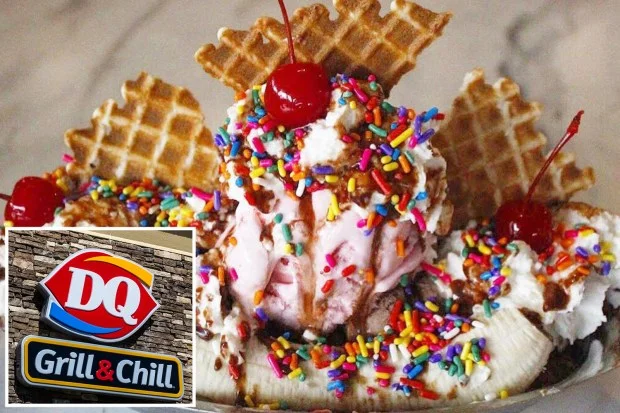Freddy's Bankruptcy: A Fork in the Road, or a Chance to Reinvent the Drive-Thru Dream?
Look, I get it. Headlines scream "Dairy Queen Rival in Trouble!" and "Fast-Food Chain Files for Bankruptcy!" It's easy to see the M&M Custard, the franchisee of Freddy's Frozen Custard & Steakburgers, Chapter 11 filing as just another economic casualty, another sign of the squeeze on the American middle class. But me? I see something else entirely. I see an opportunity. A chance to rethink the entire fast-casual model and build something better.
From Custard Crisis to Culinary Canvas
Here's the thing: the reports are right. M&M Custard, managing dozens of Freddy’s locations across several states, buckled under $27.7 million in liabilities. People are pointing fingers at economic pressures, rising costs, and declining consumer sentiment and it's true, McDonald's and Chipotle are singing the same blues, reporting that lower-income folks are eating out less. But let's be real, are we really surprised? Inflation is a beast, student loans are a drag, and wages haven't kept pace. Franchisee of Dairy Queen rival files for bankruptcy protection
But instead of throwing our hands up, what if we saw this as a forced reset? Like a phoenix rising from the ashes of a slightly stale burger and custard empire? What if this bankruptcy protection allows Freddy's, or at least the surviving franchisees, to experiment, to innovate, to become something truly special?
Think about it. The old model is broken. Slapdash service, limited menu innovation, and a race to the bottom on price. It's not sustainable, and frankly, it's not very inspiring. M&M Custard's bankruptcy is, in a weird way, a wake-up call. It's a chance to inject some soul back into the fast-food experience. A chance to really focus on quality, on customer service, on creating a place where people want to be, not just a place they have to go because they're short on time and cash.
What would that look like? Maybe it's a hyper-local Freddy's, sourcing ingredients from nearby farms, creating seasonal menus that reflect the community. Maybe it's a Freddy's that embraces technology, using AI to personalize orders, optimize drive-thru efficiency, and create a seamless customer experience. Maybe it's a Freddy's that invests in its employees, paying them a living wage, providing training and opportunities for advancement, creating a culture of respect and appreciation.

And before you say I'm dreaming, remember that companies like In-N-Out Burger prove it can be done. They've built a cult following by focusing on quality, simplicity, and customer service. They've shown that you don't have to sacrifice your soul to sell a burger.
The key, I think, is to see Freddy's not as just another fast-food chain, but as a community hub. A place where people can connect, relax, and enjoy a delicious meal. A place that reflects the values and aspirations of the community it serves.
From Chapter 11 to Chapter Awesome
This isn't just about Freddy's, of course. It's about the entire fast-food industry. It's about rethinking how we do business, how we treat our customers, and how we create value. M&M Custard's bankruptcy is a symptom of a larger problem, but it's also an opportunity to create a new paradigm.
What if other Freddy's franchisees, seeing the writing on the wall, took this moment to preemptively reinvent themselves? What if they started experimenting with new menu items, new service models, new technologies? What if they started listening to their customers, engaging with their communities, and building a brand that people truly love?
This isn't just wishful thinking. It's a call to action. It's a challenge to the fast-food industry to step up, to innovate, and to create a future that's brighter, more sustainable, and more delicious for everyone.
